
Limosa Lapponica. a Bird among Thickets. North of Siberia Stock Photo
The bar-tailed godwit - aka Limosa lapponica - traveled from Alaska to Tasmania nonstop for 11 days, a journey of 8,425 miles (13,560 km). The godwit took off from Alaska on October 13, 2022, and.
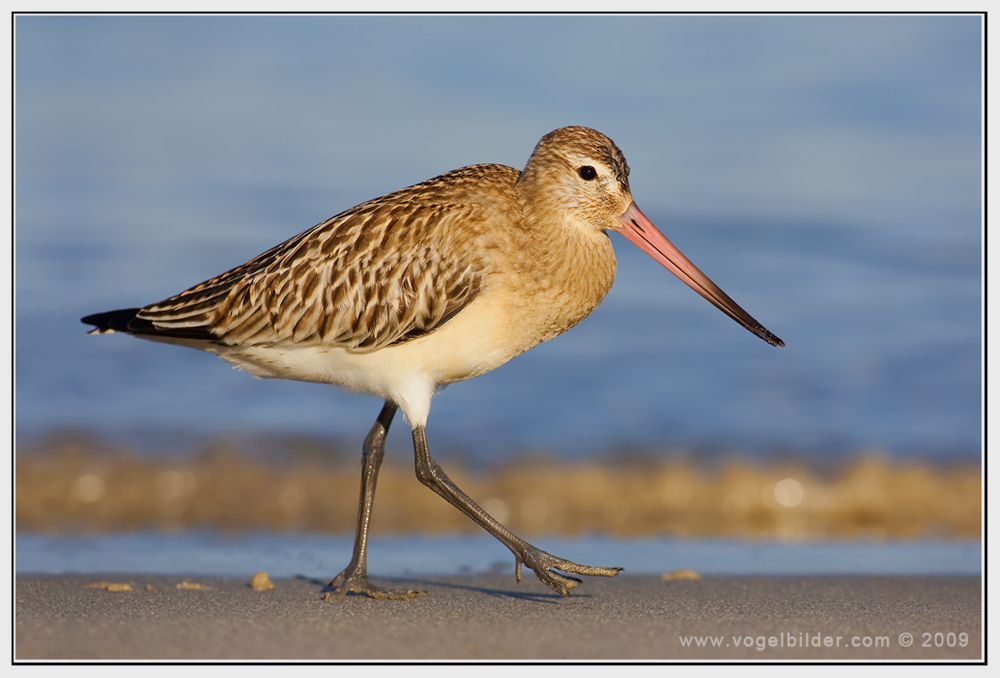
Pfuhlschnepfe (Limosa lapponica) Vogelzug 2009 Teil 2 Foto & Bild
Bar-tailed Godwit Limosa lapponica Summary Text account Data table and detailed info Distribution map Reference and further resources Justification Justification of Red List category This species has an extremely large range and consists of several subpopulations using different flyways.
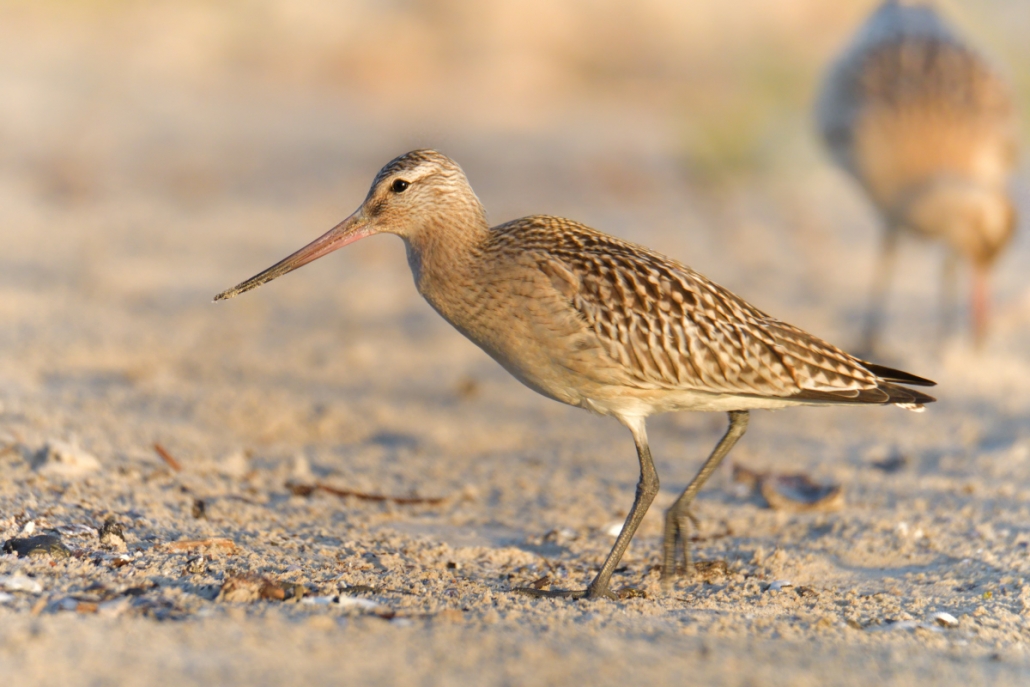
Bartailed godwit, Limosa lapponica Artur Rydzewski
Limosa lapponica baueri (Naumann 1836). Other common names for the subspecies include barred-rumped godwit, Pacific Ocean godwit, and southern or small godwit. Two other subspecies are present within the Australian jurisdiction. Limosa lapponica anadyrensis . is newly recognised as separate from . L. l. baueri . It breeds in Chukotka and the

Limosa lapponica Bartailed Godwit "Barge rousse" Water Bill
Limosa lapponica is distinguished from the black-tailed godwit Limosa limosa) by its black-and-white horizontally-barred (rather than wholly black) tail, and lack of white wing bars. The most similar species is the Asiatic dowitcher ( Limnodromus semipalmatus ). Distribution and migration[edit]

Fuselo Limosa lapponica Foto de JCosta Tabanez Olhares
Perhaps no aspect of the Bar-tailed Godwit's natural history is as compelling as the fall migration of the North American form, Limosa lapponica baueri. After breeding across subarctic and arctic tundra in western and northern Alaska, nearly 100,000 individuals depart from the Bering Sea coast of Alaska in September or early October, many.
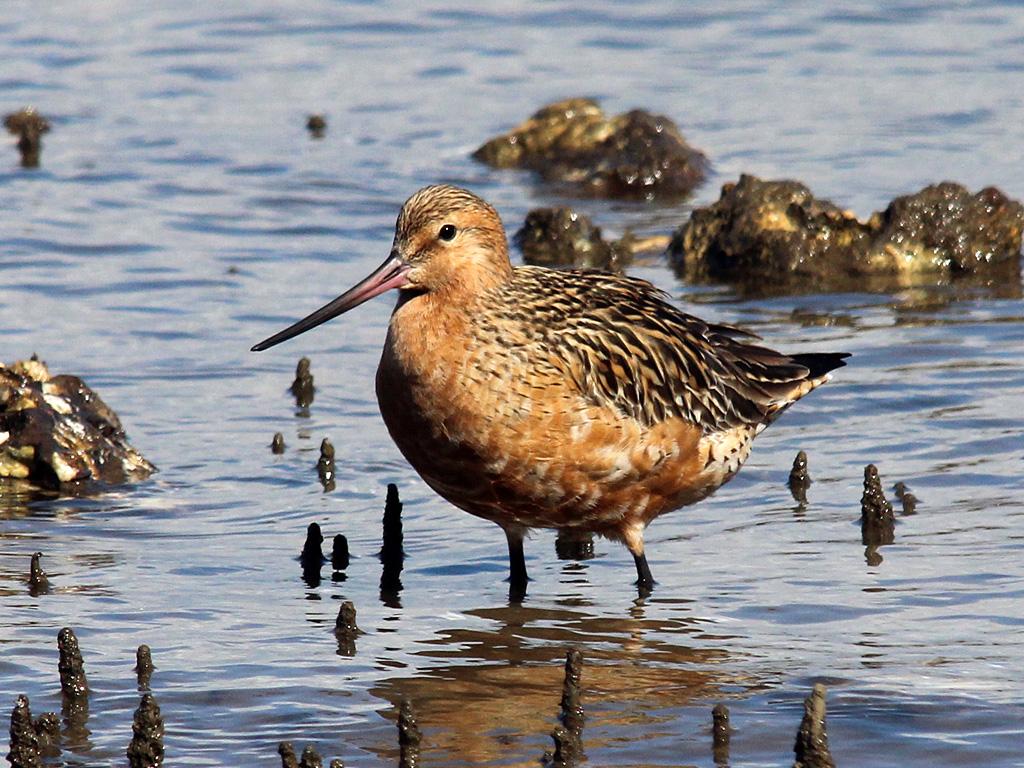
Species profile—Limosa lapponica baueri (Western Alaskan bartailed
This species has an extremely large range and consists of several subpopulations using different flyways. The lapponica subspecies which breeds and winters within Europe is thought to be experiencing an increase in the wintering population but the breeding trend is unknown. Of the taymyrensis subspecies which breeds in Siberia, the population.

Bartailed Godwit (Limosa lapponica) in Madeira, Portugal
The bar-tailed godwit (Limosa lapponica) is a large wader in the family Scolopacidae, which feeds on bristle-worms and shellfish on coastal mudflats and estuaries. It has distinctive red breeding plumage, long legs, and a long upturned bill. Bar-tailed godwits breed on Arctic coasts and tundra from Scandinavia to Alaska, and overwinter on.

Limosa_lapponica_lapponica La crónica verde
Limosa Species lapponica Family Scolopacidae Order Charadriiformes Class Aves Subphylum Vertebrata Phylum Chordata Kingdom Animalia; The Bar-tailed Godwit is a non-breeding migrant in Australia. Breeding take place each year in Scandinavia, northern Asia and Alaska. What do Bar-tailed Godwits look like?
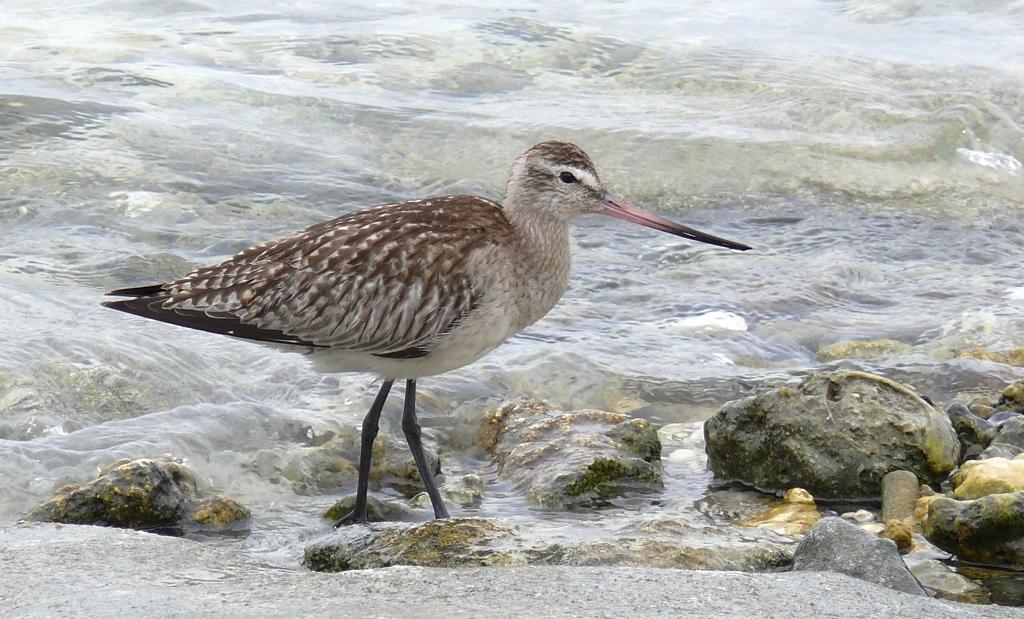
Species profile—Limosa lapponica baueri (Western Alaskan bartailed
Limosa lapponica taymyrensis Scientific name definitions. Distribution. breeds north central Siberia, roughly from the lower Yenisei River Valley east to the lower Anabar River Valley; winter range incompletely known but primarily coasts of West Africa" Limosa lapponica taymyrensis Engelmoer & Roselaar, 1998.
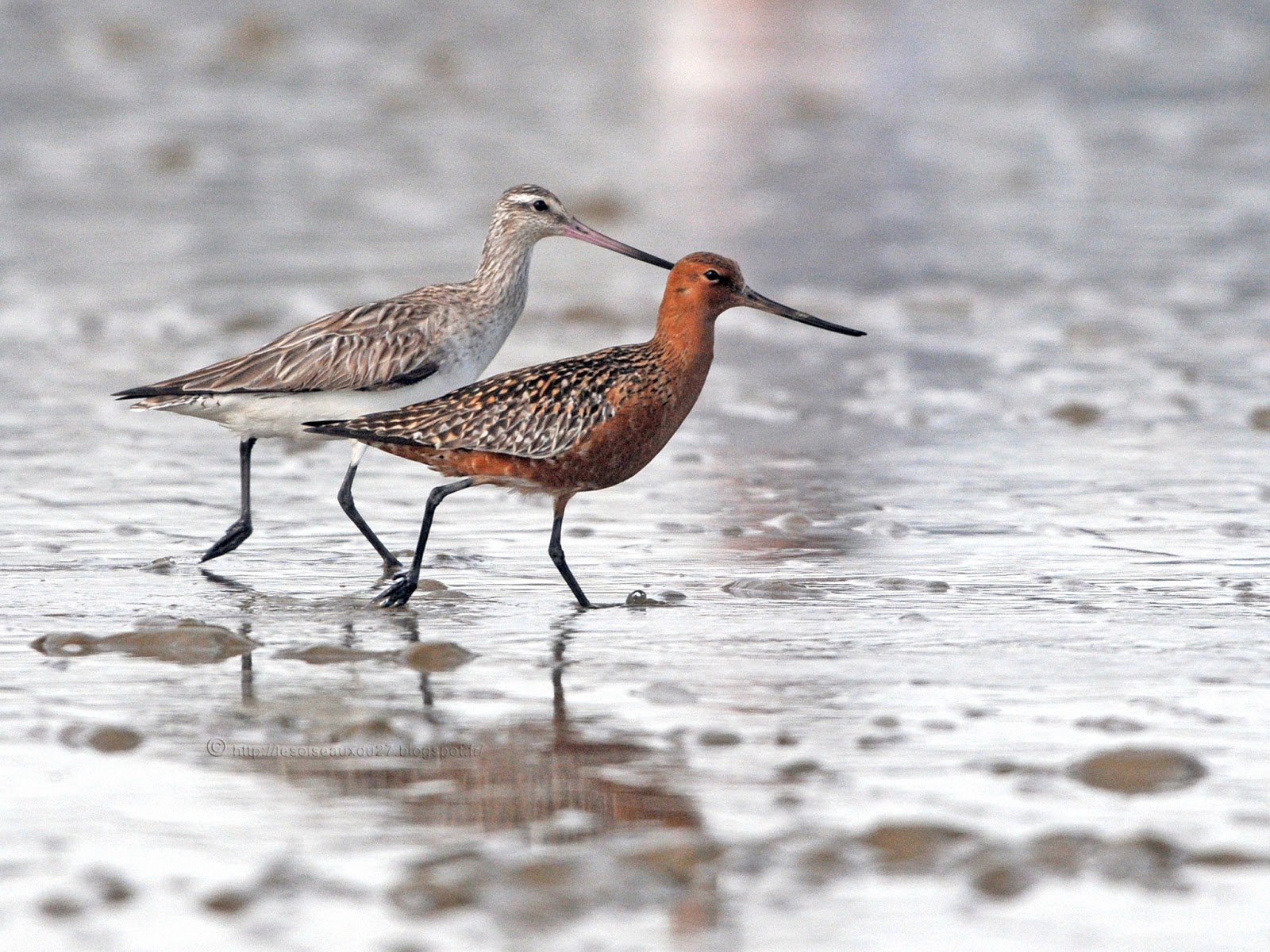
Les oiseaux du 27 La Barge rousse, Limosa lapponica
The bar-tailed godwit (Limosa lapponica) is a large wader in the family Scolopacidae. The genus name Limosa is from Latin and means 'muddy', from limus, 'mud'. The specific lapponica refers to Lapland. The English term 'godwit' was first recorded in about 1416-7 and is believed to imitate the bird's call.

Limosa lapponica JuzaPhoto
Available here are tracking data for two subspecies of Bar-tailed Godwits. One of the subspecies, Limosa lapponica baueri, nests in Alaska and spends the nonbreeding season in New Zealand and eastern Australia whereas L.l.menzbieri nests in Siberia and spends the nonbreeding season in western Australia. This study was the first to describe the year-round movements of these extremely long.
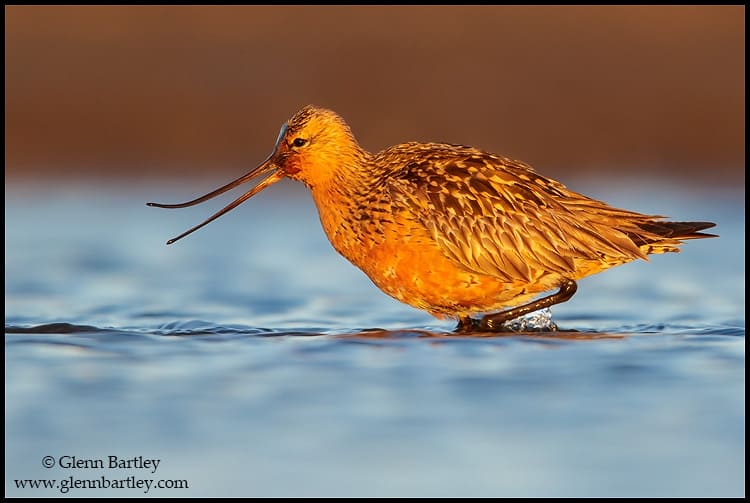
Bartailed Godwit (Limosa lapponica)
SNR: 72 dB (ISO/ITU) Recorded: song, a-wik a-wik a-wik. Area and habitat: A marshy depression between two rounded mountain peaks. Observations: A pair (male and female) of Bar-tailed Godwits are foraging. The male sings while sitting on ground. A couple of minutes earlier another male Bar-tailed Godwit was seen flying over to the observed couple.

Pfuhlschnepfe (Limosa lapponica) photonatur.de
中文(简体) to see your badges Gangly wader with a long bicolored bill. Breeding plumage is dark brick-red below (male) or pale orangey (female); nonbreeding plumage is overall gray-brown with white belly; compare to Black-tailed Godwit. In flight shows rather plain upperwings with only a faint whitish wing stripe; white rump and finely barred tail.
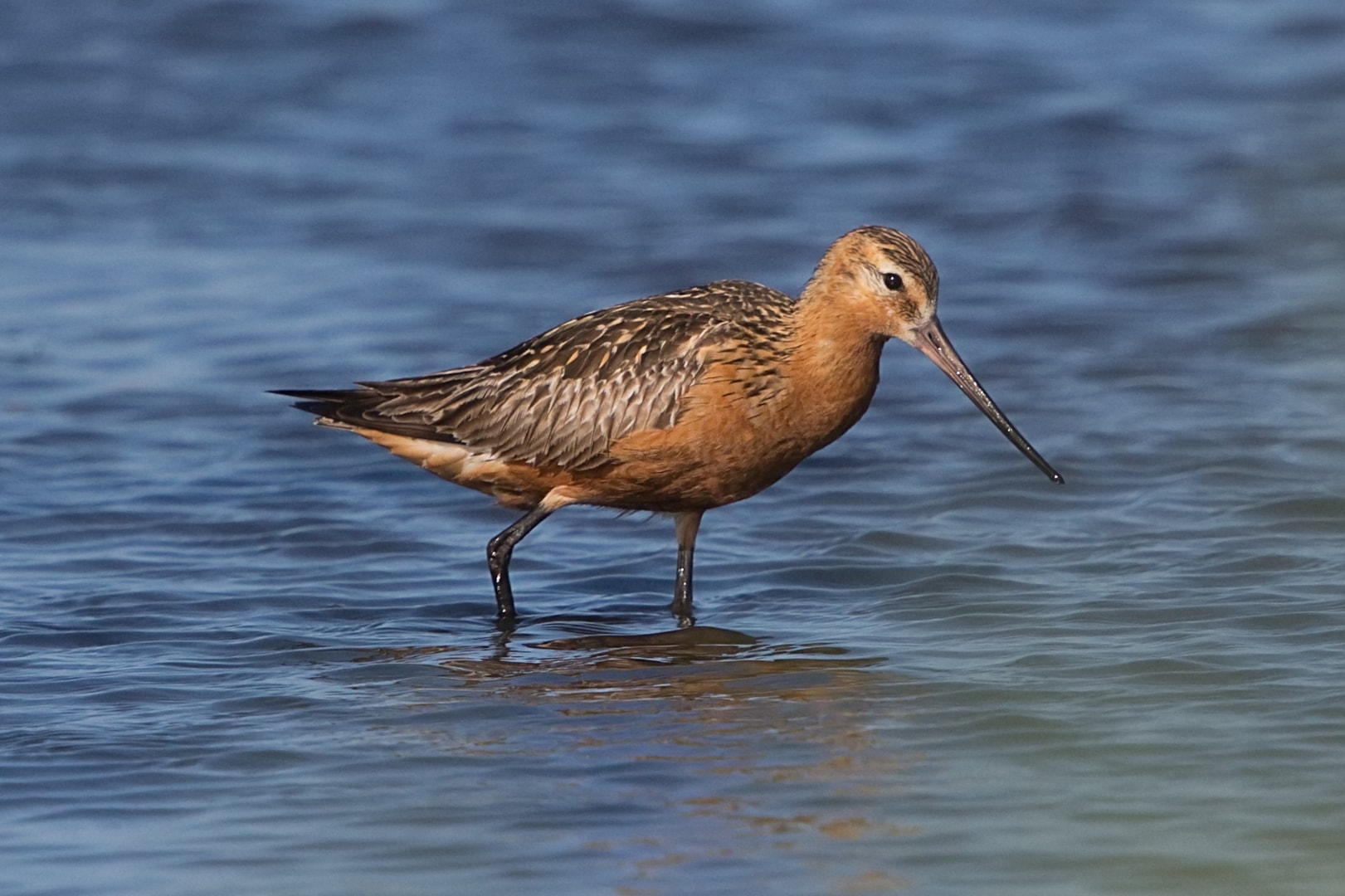
Bartailed Godwit by Nick Brown BirdGuides
Limosa lapponica Widespread in summer across northern Europe and Asia, this godwit also crosses the Bering Strait to nest in western Alaska. Big, noisy, and cinnamon-colored, it is conspicuous on its tundra nesting grounds. Bar-tailed Godwits from Alaska spend the winter in the Old World.
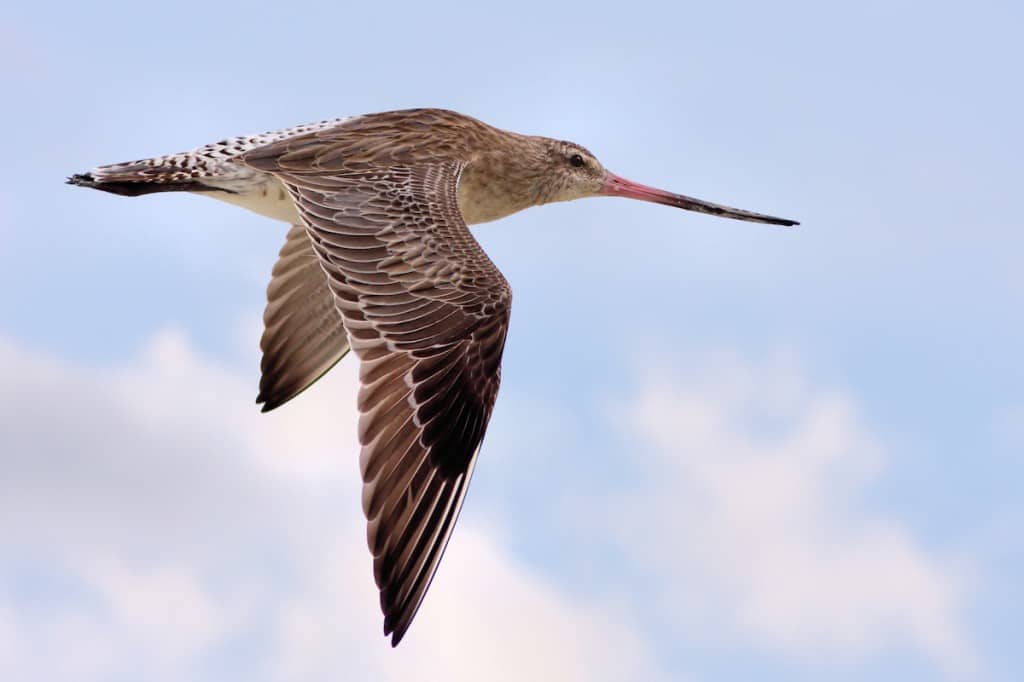
Bartailed Godwit (Limosa lapponica) Photo by Bobby Kintanar
Limosa lapponica A tagged Bar-tailed Godwit, #4BBRW, in Australia in October—after flying 239 hours nonstop from Alaska and breaking a flight record. Since landing in New South Wales, 4BBRW's tracker has intermittently gone offline, which is common as birds rest because their feathers can cover the solar charging panel.
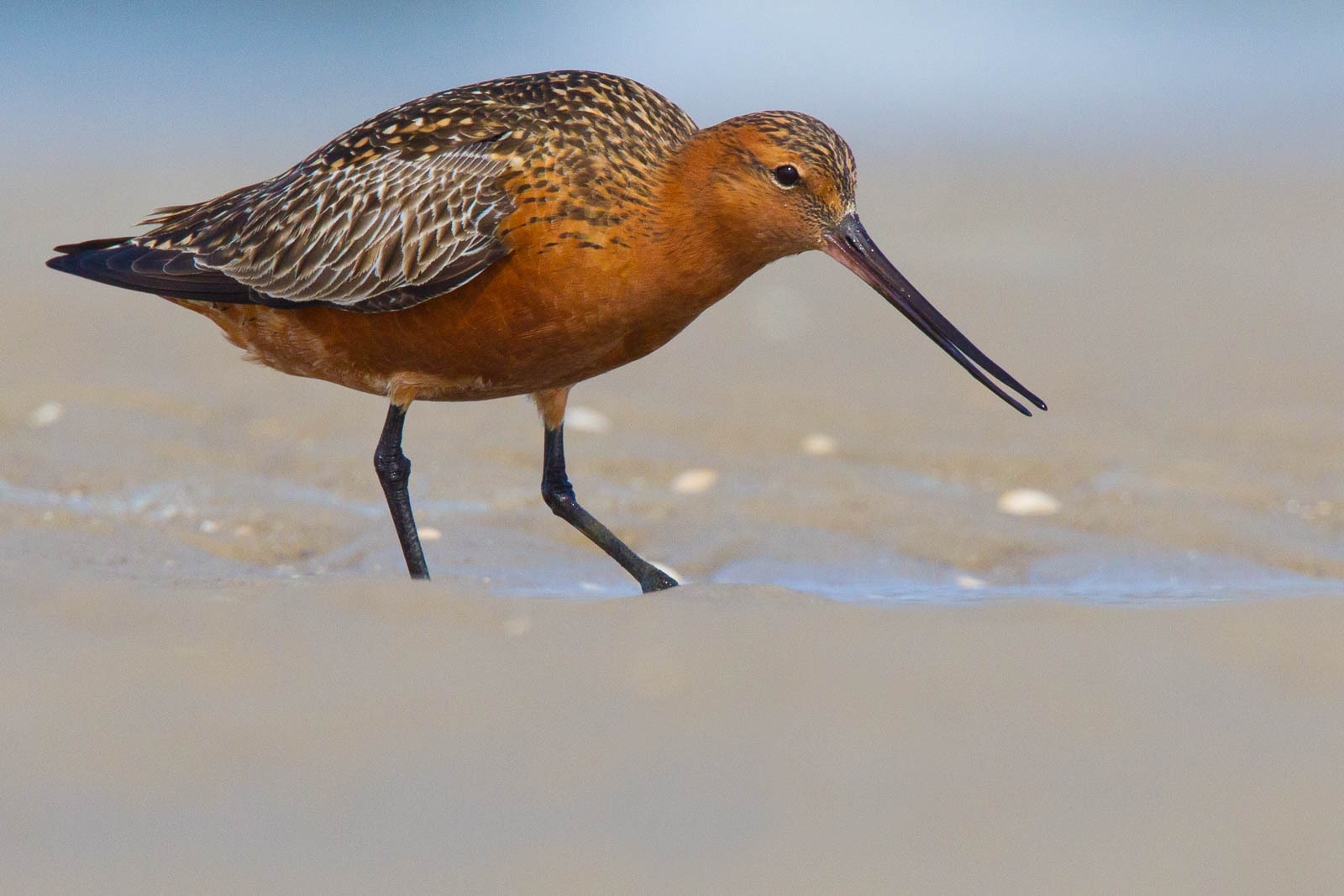
Pfuhlschnepfe, Limosa lapponica Steckbrief, Infos, Beschreibung & Fotos
Limosa lapponica ( Linnaeus, C 1758) summary taxon grid synonyms map life history eBird Wikipedia NatureServe ITIS Flickr Audio More links The bar-tailed godwit is a large wader in the family Scolopacidae, which feeds on bristle-worms and shellfish on coastal mudflats and estuaries.